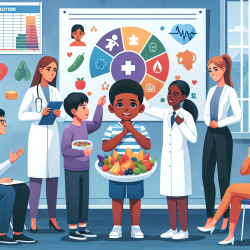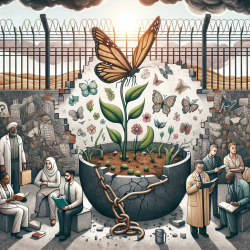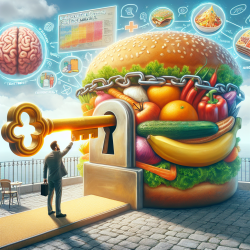Introduction
In the realm of social work, the human-animal bond is often overlooked, yet it holds immense potential for enhancing therapeutic practices and community engagement. The research article, "Human–Animal Relationships and Social Work: Opportunities Beyond the Veterinary Environment," explores this potential and provides a roadmap for social workers to integrate these relationships into their practice. This blog will delve into the key findings of the research and how practitioners can harness these insights to improve their skills and expand their career opportunities.
The Power of Human-Animal Relationships
Human-animal relationships can significantly impact social work by offering emotional support, enhancing social capital, and even serving as indicators of family dynamics. Pets are often seen as family members, providing companionship and emotional support. In many cases, they can serve as icebreakers in therapeutic settings, facilitating communication and trust-building between clients and social workers.
Opportunities for Social Workers
The research identifies nine key areas where social workers can integrate human-animal relationships into their practice:
- Child protection and child sexual abuse agencies
- Children’s advocacy centers and courthouse facility dogs
- Animal shelters
- Domestic violence shelters
- Public policy advocacy
- Clinical practice
- Agencies working with older and disabled populations
- Veterinary sentinels for intimate partner violence
- Pet support services for homeless populations
By incorporating these areas into their work, social workers can enhance their professional and personal growth, expand their career opportunities, and provide more comprehensive solutions to clients' issues.
Practical Steps for Implementation
Social workers can take several practical steps to integrate human-animal relationships into their practice:
- Include pets in family genograms and assessments.
- Incorporate relevant coursework and field placements in social work education.
- Utilize therapy animals in interventions to build rapport and trust with clients.
- Advocate for policies that recognize the significance of human-animal bonds.
These steps can help social workers address risk and resilience factors, enhance social and environmental justice, and improve service delivery.
Conclusion
Incorporating human-animal relationships into social work practice is not just an opportunity for career growth but a means to provide more holistic and effective services. By recognizing the significance of these bonds, social workers can better address the needs of their clients and contribute to a more inclusive and compassionate society.
To read the original research paper, please follow this link: Human–Animal Relationships and Social Work: Opportunities Beyond the Veterinary Environment










